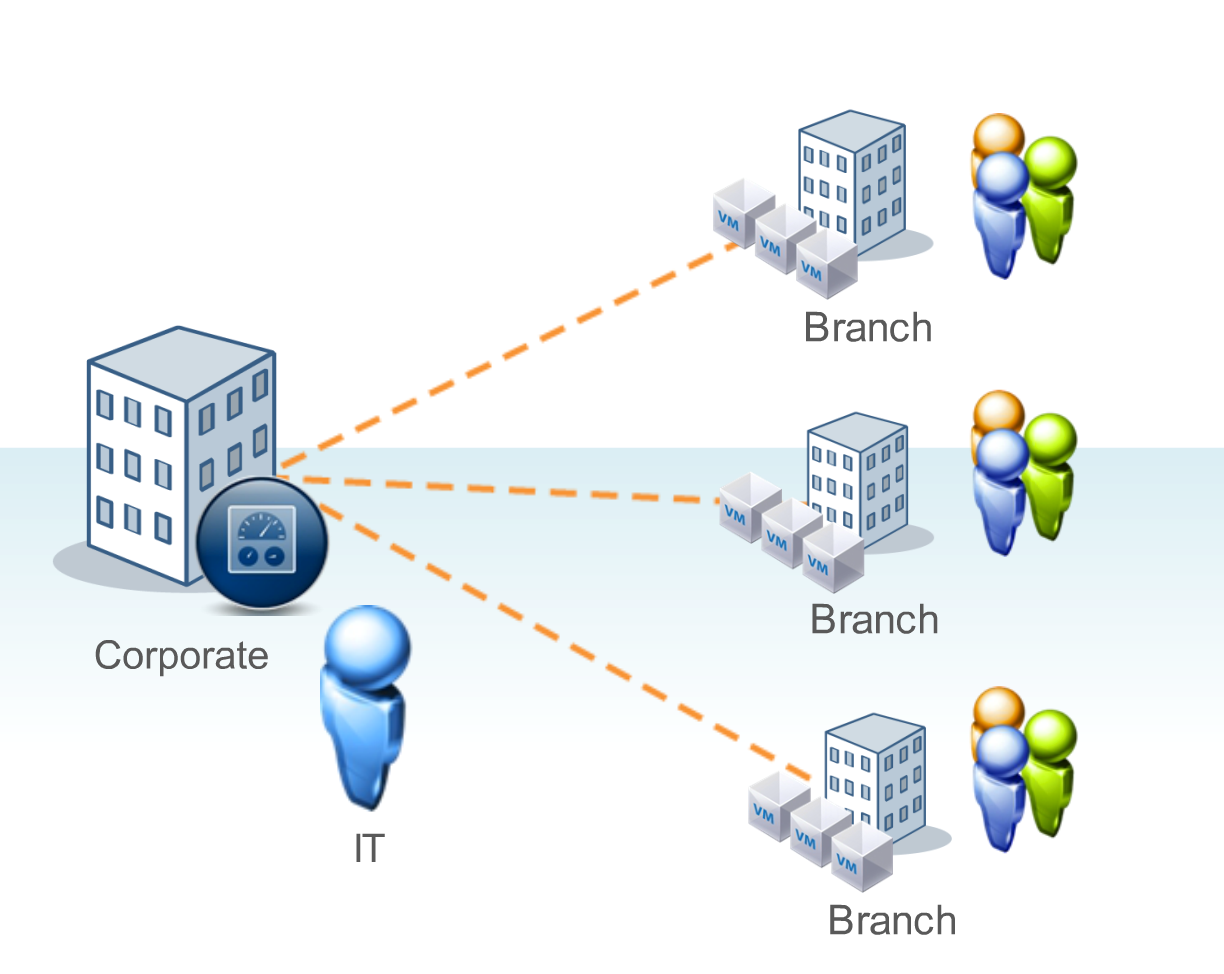VMware vSphere 6.5 is the latest version of the enterprise server virtual platform from VMware, but the new beta it’s already there for testers. Actually the next version it’s (in the beta). If you are building a new infrastructure from scratch the latest stable version is probably the best choices (for most cases); but what about if you have an old environment and you plan to upgrade it?



